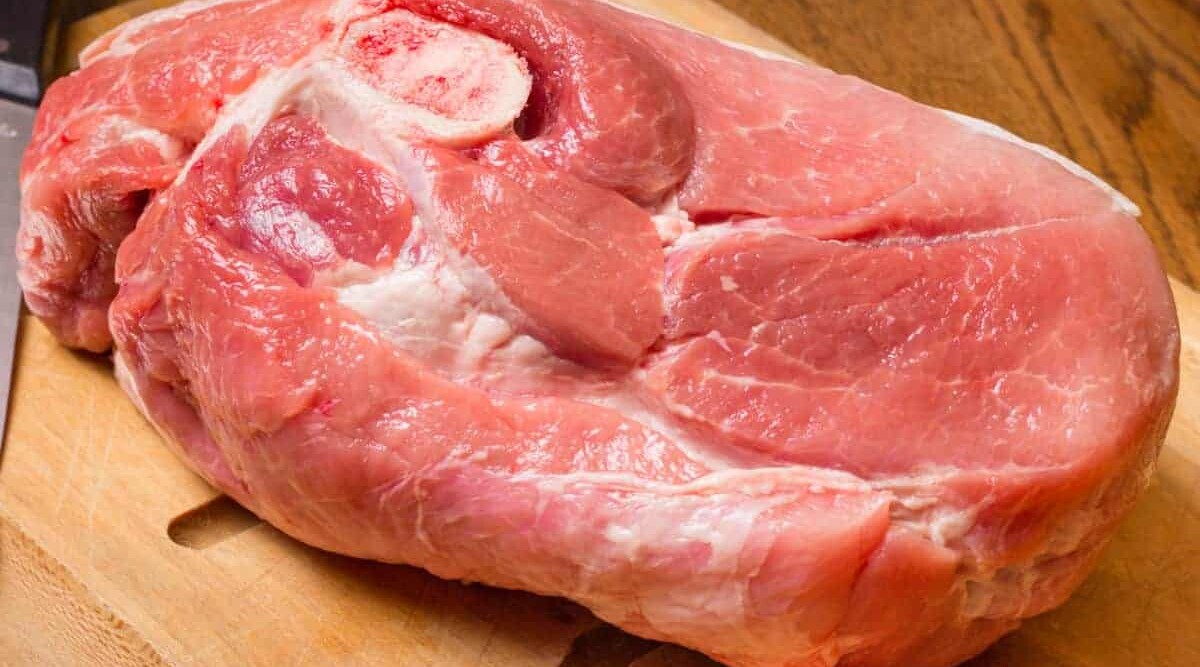
The money muscle is considered the best part of the pig and is located at the lower end of the pork butt, opposite the bone. This tender part of the pork is distinctively marbled with fat, contributing to its melt-in-your-mouth flavor.
Resembling a smaller pork loin, it features deep fat striations, setting it apart from other pork cuts typically known for heavier muscle fat. As the pork butt roasts, the fat in the money muscle renders, infusing it with a rich, buttery taste.
If you’re a fan of barbecue competitions, you must have come across the term ‘money muscle’ before? The usual explanation of “because that’s what earns the money’ in competition pork is a little vague. Scouring the butcher diagrams in vain, you begin to wonder if someone made a typo or if you’re not hearing correctly.
As it turns out, the money muscle isn’t a cut of meat, it’s more a carving of a cut — A piece of the pork butt.
In this article, we’ll discuss the origin of the name, where to find it on the butt, and how to isolate and prepare it, much as they do in competition cooking.
Key Takeaways
- The money muscle is a specific part of the pork butt located at the front end of the shoulder, opposite end to the bone.
- It’s called the money muscle because it is highly prized in barbecue competitions and often wins prizes.
- The money muscle has a high fat content, which renders when cooked and gives it a rich, buttery flavor and very tender texture.
- It can be used in various dishes, including barbecue pork, pulled pork, coppa, roasted pork collar, and pork collar steaks.
- In barbecue competitions, the money muscle must remain attached to the butt during cooking, but if you’re not competing, you can cut it away and cook it separately.
- It is also known as pork collar, pork neck end, coppa, tiger muscle, or multifidus dorsi.
Jump to:
What is the Money Muscle? Where Does It Come From?
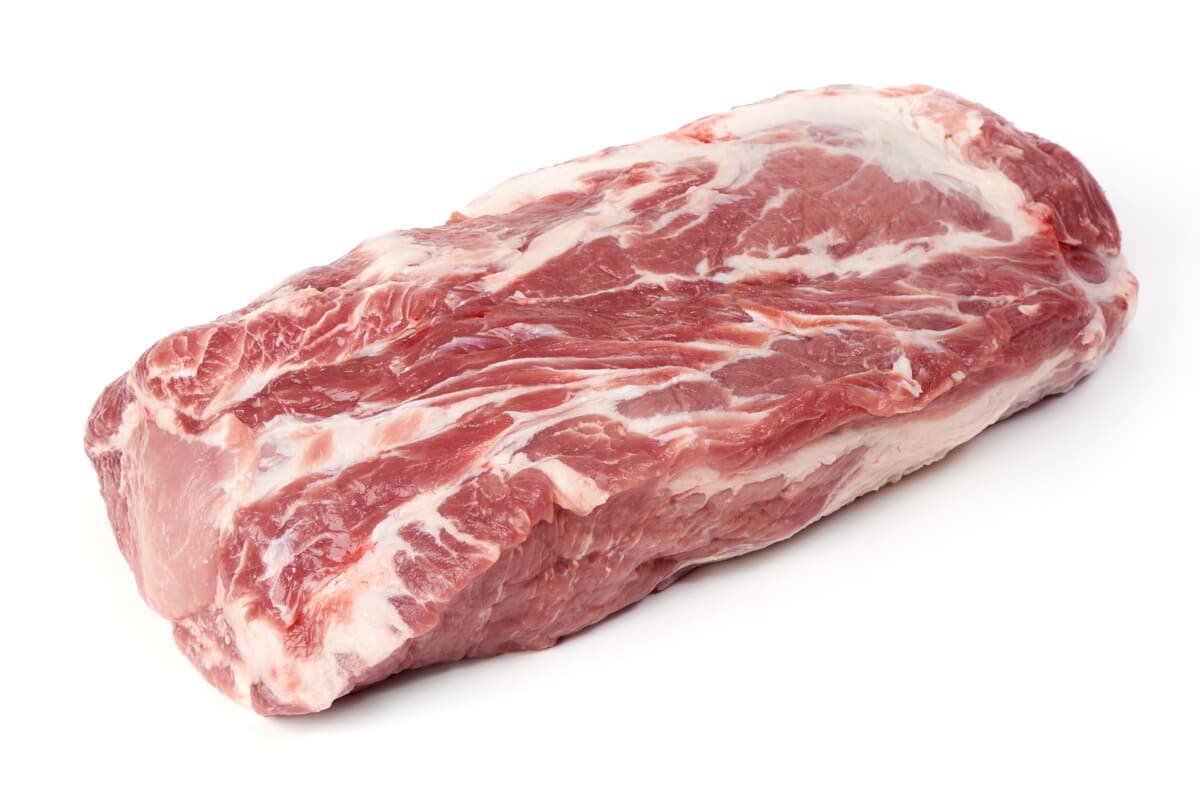
The “money muscle” is a specific part of the pork butt (also known as the Boston butt), which is a cut from the upper portion of the pig’s shoulder. It’s shaped like a tube and has striations and stripes of fat running through its length.
The name “money muscle” is widely used in the competitive barbecue world and derives from its ability to win prizes, or “money,” in barbecue competitions due to its desirable qualities.
The money muscle is located at the front end of the pork butt, facing away from the rest of the shoulder. It is situated on the opposite side of the shoulder blade bone. This muscle is part of the complex group of muscles in the pork butt but is distinct due to its appearance and texture.
What makes the money muscle a competition winner, and according to many, the best part of the butt, is its high fat content. The melting fat renders this part of the butt succulently tender and flavorful. Small wonder this is the judges’ favorite and the best representation of a good smoked butt.
The money muscle is only a relatively small part of a butt as demonstrated in the following video by Crooked Pigs BBQ. (There are some helpful tidbits of info in here too, if you’re considering entering a competition.)
Alternative Names for the Money Muscle
The term “money muscle”itself is more colloquial and specific to the barbecue community, highlighting this part’s value in competitions and its ability to “win money” due to its desirable qualities. The other names the money muscle is known as include:
- Pork collar: Frequently used in European and Asian cooking.
- Pork neck end: Commonly used in British cuisine, as it’s the upper part of the shoulder near the neck.
- Coppa: Often used in Italian cuisine, it refers to a traditional Italian cold cut made from this specific part of the pork shoulder.
- Tiger muscle: Because of the striations (stripes) of fat running vertically through it.
- multifidus dorsi: This is it’s scientific name.
You may even hear it referred to as a faux loin or a meat log in some circles, but these names aren’t widely recognized.
Money Muscle Flavor, Texture and Fat Content
The money muscle resembles a small pork loin and is easily identifiable by its cylindrical shape and the notable marbling of fat within it. This marbling gives the money muscle a unique texture, different from the rest of the pork butt.
The money muscle has a relatively high fat content, contributing to its rich, buttery flavor and texture. When cooked, especially through slow smoking or roasting methods, the fat renders, enhancing the taste and tenderness of the meat.
In summary, the money muscle is one of the tastiest pieces of pork on the pig, incredibly moist and tender when cooked well.
What Dishes is the Money Used for?
The money muscle, with its rich flavor and tender texture, is featured in several delicious dishes. Here are the 5 most common:
- Barbecue Pork: Most famously, the money muscle is used in barbecue, especially in competitive smoking. It’s slow-cooked and smoked to perfection, highlighting its tender, flavorful qualities with a succulent texture and a beautifully caramelized outer bark.
- Pulled Pork: In pulled pork dishes, the money muscle contributes significantly to the overall taste and texture. Cooked slowly until it’s tender enough to be shredded, it adds a juicy and flavorful element to sandwiches, tacos, and sliders.
- Coppa (Italian Cold Cut): Coppa, an Italian cold cut, is made from the money muscle. It’s cured, seasoned with herbs and spices, and then air-dried to develop a rich, concentrated flavor. Sliced thin, it’s a staple in antipasto platters and pairs wonderfully with cheeses and bread.
- Roasted Pork Collar: The money muscle is excellent for roasting. When prepared as a pork collar roast, it’s often seasoned generously and slow-roasted to achieve a tender interior with a flavorful crust. This dish is popular in both European and Asian cuisines.
- Pork Collar Steaks: Cut into steaks, the money muscle offers a fantastic balance of fat and lean meat. These steaks can be grilled or pan-fried, delivering a succulent and flavorful meal, often accompanied by various sides and sauces.
Each of these dishes showcases the money muscle’s versatility and ability to impart rich, porky flavors and a tender texture to many different dishes.
You Cannot carve Out the Money Muscle in BBQ Competitions
BBQ competition rules say the money muscle must remain attached to the butt during the cooking process. So to get as much of the surface exposed to the heat, so it develops a nice crust, expert competitors will carefully cut away until the money muscle remains attached to the butt by the smallest amount of meat as possible.
How the meat is trimmed is important. A sharp knife is essential. The money muscle is tube-shaped; some dexterous knife-work is needed to shape it up.
As noted in the video below, follow the fat line, and trim some of the fat on the outside to expose more of the meat to the fire.
What If You Don’t Care About BBQ Competitions?
If you’re not competing, you may want to completely cut away the money muscle because it does cook faster than the rest of the butt. The money muscles doneness temperature is 180° F, compared to 195° F for the butt in general. Served up in medallions, it makes a nice presentation.
Although some will shred it along with the rest of the butt, by then it will be overdone. Because the texture and taste are different from the rest of the shoulder, the money muscle is worth serving on its own — sliced, not shredded.
You may even find the money muscle sold by itself. Search carefully; what some refer to as the collar is from the neck of the pig instead of the shoulder. The distinction can blur since the money muscle lies between the neck and the loin, at the top of the shoulder.
If you search by its more high-brow name, pork collar or neck fillets, you’ll find a whole new world of cooking options like:
- Smoking (to 185° F)
- Braising
- Roasting
- Grilling (as chops
- Char-Siu (fork roast), Cantonese barbecue method of cooking thin slices
Professional Secrets suggest:
- Marinating using pork-complementary flavors such as apple, orange, or ginger. The high fat content makes adding oil unnecessary.
- Stuffing the whole with plum and oven-roasting to 153° F.
Money Muscle Nutrition
Here is the money muscles nutritional values, where the nutrients are listed for 100g, and the RDAs for a typical diet of 2,000 calories.
| Nutrition | Based on 100g of Money Muscle | % Recommended Daily Value (2000 calroies) |
|---|---|---|
| Calories | 263 | 13% |
| Total Fat | 17g | 22% |
| Saturated Fat | 6g | 30% |
| Polyunsaturated Fat | 1.5g | - |
| Monounsaturated Fat | 7.8g | - |
| Cholesterol | 97mg | 32% |
| Sodium | 70mg | 3.1% |
| Protein | 26g | - |
| Vitamin D | 1.6mcg | 8% |
| Calcium | 37mg | 3% |
| Iron | 1.4mg | 8% |
| Potassium | 330mg | 7% |
The Next New Thing?
In a 2014 article, Kristen Baughman at Gadaboutfood (website no longer available, sadly) questioned whether pork collar is the next in-demand food.
Many restaurateurs and grilling competitors will enthusiastically say YES, but almost four years later, many are still asking, “What is a money muscle?”
We hope this article has inspired you to view this remarkable meat as the best of the butt, able to hold its own against tenderloins.
Please share your money muscle experiences in the comment section below, we’d love to hear from you.
Happy grilling!


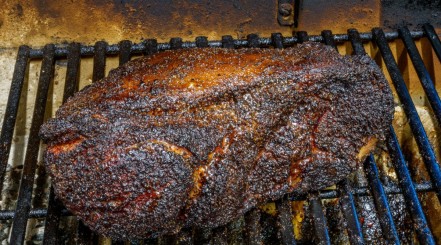
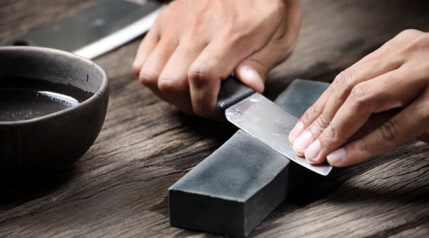
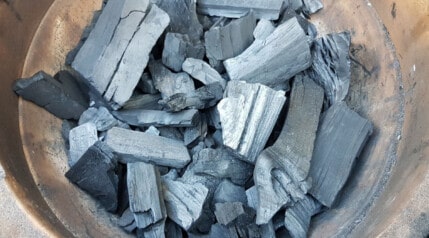

Love your site. I look forward to more smoking and grilling tips.
Thanks, Nikki 🙂
I consider myself very fortunate. I love BBQing, Smoking and Grilling. I really like ribs. I like cooking butts too, but its just me and my wife and… she’s not really into the butts, but likes ribs fine.
A few years ago, I found these ‘pork cutlets’ at my small neighborhood grocery. I cooked them and wow…great.
Fast-forward a year and low and behold, I find out they are ‘The Almighty Money Muscle’. I don’t spread the info, but when they have them, I buy them!!(all them)
Haha … love it. Best kept secret!